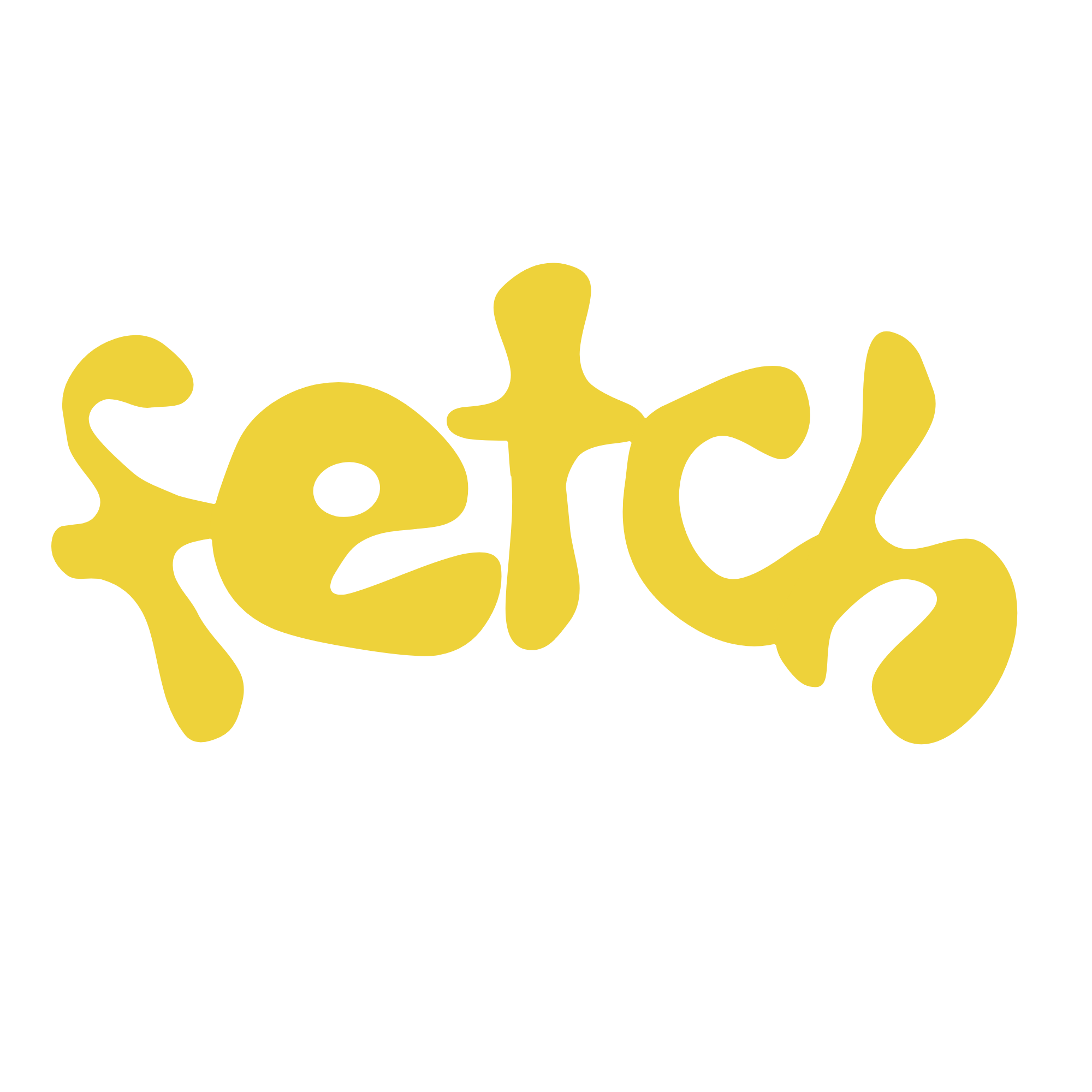JOHN STEZAKER'S 'SPELL' AT THE APPROACH
- Daisy Culleton
- Sep 24, 2024
- 3 min read
John Stezaker’s cutting-edge collection of small-format collages at The Approach is a love letter to the artist and gallery's 20-year working relationship, writes Daisy Culleton.
Installation shots courtesy of gallery
At his latest show at The Approach, English conceptual artist John Stezaker presents three bodies of work infused with the qualities of Dada, Cubism and Surrealism: Spell, Life Room and his ongoing series Mask. Created over lockdown, Spell, which consists of eight spell-binding collages, is saturated with a distinctly dystopian and otherworldly energy that perfectly encapsulates their time of creation. Inspired by the animal/human hybrids in classic mythology, Stezaker cuts silhouettes from his preferred source of imagery—1950s publicity portraits of film stars— and imposes them onto cut-outs of natural habitat illustrations to create disjointed yet oddly harmonious works, that incite ideas of change and metamorphosis.
John Stezaker, Spell, 2024, images courtesy of gallery
Invertebrates and aqueous underworlds fill the silhouettes, their innate flexibility and fluidity deliberately chosen to evoke thoughts about the instability of human identity. The source material of the silhouettes deepens the sense of evolution: 1950s cinema, on the one hand, was a space of magic and charm; on the other, it was an illusionary site brimming with corruption and psychological entrapment.
A vividly theatrical silhouette of a man embracing a woman, combined with a backdrop occupied by snails and long strands of grass rooted in the fresh earth: these settings—outside the world of Stezaker—would be entirely unacquainted with one another, rarely, if ever, crossing paths. The sheer peculiarity and juxtaposition of this pairing is designed to induce an unsettling and anxious feeling within the spectator.
John Stezaker, Mask, 2024
Installation shot courtesy of gallery
For the Mask series, Stezaker plays into pareidolia, the human predisposition to see faces, shapes, and patterns in amorphous images, by obscuring the faces of 1950s publicity portraits with tactfully placed vintage postcards. As the gallery explains, "ambiguous images act as meeting points of receptive (optical) vision and projected (imaginary) vision". Rendered in sepia tones that evoke the flavour of its time, Mask CXCI (2016) depicts the cascading currents of the Swiss Reichenbach Falls that becomes the parting and sweeping coiffure of American actress and author Arlene Dahl. Additionally, in Mask XLVII (1992) the crevices and contours of a cliffside form the eyes, mouth and jawline of a suited actor.
From left to right: Mask (Film Portrait Collage)
CXCI, 2016, Mask XLVII, circa 1992
Exhibited in the annexe—a smaller space at the back of the gallery typically used to showcase non-represented artists—Life Room voices questions about deception and ambiguity in a far more reserved manner, using only black and white images. Employing a doubling strategy, Stezaker imposes similar male and female silhouettes, sourced from an artist’s anatomy book, on top of one another. The curvatures of the male and female silhouettes seamlessly blend to forge singular androgynous figures existing in a simulaneously double-sexed space.
John Stezaker, Life Room, 2023
These ingenious parallels that the master collagist fashions leave the spectator evaluating the strangeness of everyday life, pondering how many similarities they, too, could draw between the most unexpected of items. Spell ultimately invites spectators on a journey that cannot be missed— one overflowing and bursting with delightful trickery and insightful deception.
Daisy Culleton is an Essex-based writer with a BA in American Studies and History from the University of Nottingham.
















